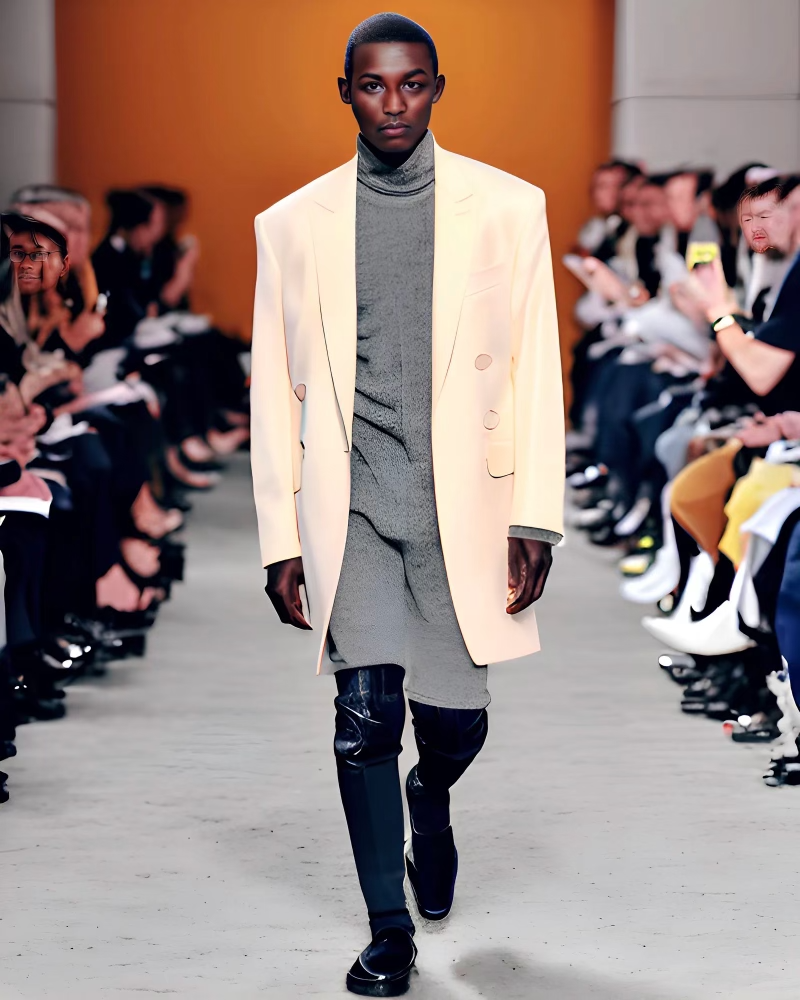A Crystal Ball For My Closet?
This just in. Skinny jeans continue to be banished; unless they arrive with flared bottoms. A Y2K revival is in the works. What’s hot and what’s not in the future?
What if I told you there was a way to predict trends in the fashion industry with the help of artificial intelligence? This powerful tool analyzes past trends to “accurately” predict fashion lookbooks - essentially aliens, as if painted in the Surrealism era, walking down the runway. This presents new opportunities to introduce sustainability into the fashion industry. In fact, many brands have already begun using AI to help reduce waste and carbon emissions.
The prediction of trends, itself, benefits the fashion industry. Many brands spend great amounts of time, effort, material, and more to create clothes in hopes of predicting trends. However, there is a high possibility that these clothes won’t sell - resulting in harmful waste and high amounts of pollution. The forecasting of fashion helps to eliminate some uncertainty and human error to help companies accurately invest in clothing concepts. Its prediction capabilities also allow it to reduce material waste. For example, by predicting types and quantities of fabric, AI can help to reduce excess scrap fabric.
Artificial intelligence, in its versatile nature, can advance to be used for demand forecasting. By predicting the amount of production needed for a company, stockpiling can be prevented. Stockpiling is responsible for creating large amounts of waste in the fashion industry due to the rapid nature of trends. Advanced data analytics and machine learning sales forecasting cooperate to reduce the number of unsold clothes each season.
The multi-faceted nature of artificial intelligence does not stop there. It can be incorporated into various parts of the fashion supply chain. Before a clothing item is put for sale, it goes through many stages of review, going as far as to requiring 20 samples of an item. With AI, brands are able to create 3D models of the clothing, instead of physically producing the samples. This results in the creation of a faster and more efficient production process, thereby reducing human labour.
As much as this sounded like a sales pitch from a large artificial intelligence corporation, this technology might just be the future of sustainable fashion. However, AI will not single-handedly solve all sustainability issues in the fashion industry. Human-led approaches and a drive to involve artificial intelligence are one of the keys to addressing the fashion industry and its harms to the environment.


